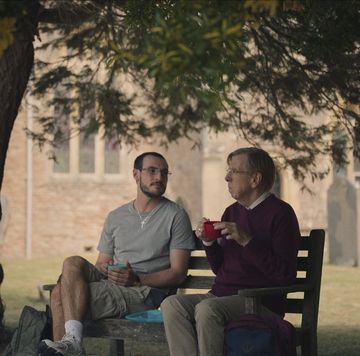Things in slow motion are between six and seven times funnier than things in normal speed, which is a bit of a shame seeing as normal is the speed we spend most of our lives living at.
However, researchers at Harvard University have worked out a way of pulling an Xzibit on most phone cameras, and tricking them out to capture images as quickly as a million frames per second. By contrast, an iPhone X has a shutter speed of about one 10,000th of a second, which suddenly sounds absolutely rubbish.
The team calls it the virtual frame technique, and, they say, "this enhanced virtual frame rate does not require any change in the operation of the camera", according to the MIT Technology Review.
It's a bit complicated though, and we're going to have to go on a crash course in digital photography for a minute here. A normal camera registers the intensity of the light hitting the pixels in its camera as one of 16 colours: white, black, or one of 14 shades of grey in between. The researchers clocked that, and started to see one single, grey-tinged image as many, many snaps of distinct areas of white and black overlaid on each other but which could be pulled apart.
To test the idea, they recorded the splitting of a rubber sheet as it pinged across a white background with a regular camera, then used mathematical formulae to extract 16 images. These pictures are much higher res than a standard camera, packing in 1.3 megapixels compared to the usual 60 kilopixels, and means the camera has a much, much broader field of vision.
There are a couple of caveats: the team found that the images have to be either white on a black background or black on a white background, and it can only record movement in one direction across the frame or it gets very messy. Potentially, though, it could turn any phone camera into a super-slow motion camera.













